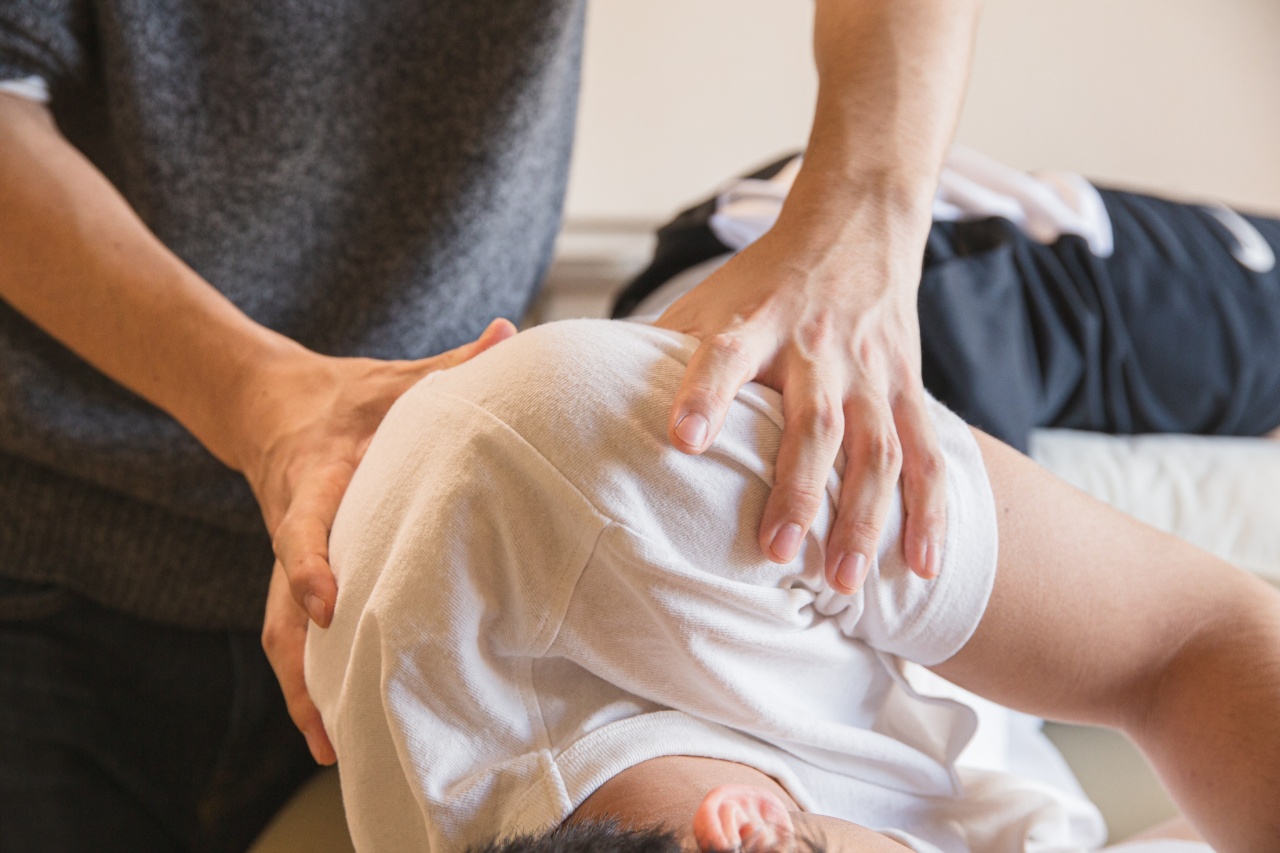Middle pain can significantly impact your daily life, making even simple tasks challenging and uncomfortable. The causes of middle pain can vary, but two common culprits are issues with the spine and problems with the hips.
Understanding the differences between these two causes can help you manage and cope with your middle pain more effectively. This article explores the causes of middle pain related to the spine and hips, as well as strategies for finding relief and improving your overall quality of life.
Spine Causes of Middle Pain
The spine, a complex structure composed of vertebrae, discs, and nerves, plays a crucial role in supporting the body and facilitating movement. When problems occur in the spine, they can lead to middle pain.
Here are some of the most common spine-related causes of middle pain:.
1. Herniated Discs
Herniated discs happen when the soft cushion-like discs between the vertebrae rupture or bulge. This can put pressure on surrounding nerves, resulting in middle pain. Physical trauma or degenerative conditions can cause herniated discs.
2. Spinal Stenosis
Spinal stenosis occurs when the spinal canal narrows, compressing the spinal cord or nerves. This condition can cause middle pain, along with additional symptoms like numbness, tingling, or weakness in the legs.
3. Scoliosis
Scoliosis refers to an abnormal sideways curvature of the spine. While mild scoliosis may cause minimal discomfort, more severe cases can result in middle pain due to the misalignment and strain on the muscles and nerves.
4. Degenerative Disc Disease
As we age, the discs between our vertebrae gradually lose their flexibility and cushioning. This degeneration can lead to middle pain, as the lack of proper disc support affects the spine’s stability and mobility.
Hip Causes of Middle Pain
While the spine often gets the blame for middle pain, issues originating from the hips can also be a significant source of discomfort. Here are some common hip-related causes of middle pain:.
1. Hip Arthritis
Arthritis, specifically osteoarthritis, can affect the hip joint, leading to pain and stiffness in the middle area. The wear and tear of the cartilage that cushions the joint can cause inflammation and discomfort, making movement challenging.
2. Bursitis
The bursae are sacs filled with fluid that provide cushioning between bones, tendons, and muscles. When the bursae in the hip become inflamed, it can result in middle pain. Repetitive movements or injuries can lead to hip bursitis.
3. Hip Labral Tears
The labrum is a ring of cartilage that surrounds the hip socket, providing stability and support. Tears in the hip labrum can cause middle pain, as well as catching or locking of the joint, making it difficult to move freely.
4. Hip Impingement
Hip impingement occurs when there is abnormal contact between the bones of the hip joint, leading to pain and restricted movement. The repeated rubbing can cause middle pain and affect your ability to perform daily activities comfortably.
Coping Strategies for Middle Pain
Regardless of whether your middle pain is stemming from spine or hip issues, there are several coping strategies that can provide relief and improve your quality of life:.
1. Physical Therapy
Engaging in targeted exercises and stretches under the guidance of a physical therapist can strengthen supportive muscles, improve flexibility, and alleviate middle pain.
They can also help you correct movement patterns that may be exacerbating your pain.
2. Pain Management Techniques
Various pain management techniques, such as heat or cold therapy, massage, acupuncture, or transcutaneous electrical nerve stimulation (TENS), can help alleviate middle pain and provide temporary relief.
3. Medications
Over-the-counter pain medications, such as nonsteroidal anti-inflammatory drugs (NSAIDs), can help reduce inflammation and manage middle pain.
However, it’s important to consult with a healthcare professional before starting any medication regimen.
4. Mind-Body Techniques
Practices such as meditation, deep breathing exercises, and yoga can help relax the mind and body, promoting overall well-being and potentially reducing middle pain. These techniques can also enhance your ability to cope with pain and stress.
5. Assistive Devices
Using assistive devices like braces, splints, or canes can help support the spine or hip joint, reducing strain and providing stability. These devices can be particularly beneficial during activities that exacerbate your middle pain.
6. Lifestyle Modifications
Making lifestyle modifications, such as maintaining proper posture, avoiding prolonged sitting or standing, engaging in regular low-impact exercise, and managing weight, can significantly reduce middle pain and prevent its recurrence.
Conclusion
Middle pain originating from the spine or hips can have a profound impact on your daily life. Understanding the causes and differentiating between spine and hip-related middle pain can help guide appropriate treatment approaches.
Employing a combination of coping strategies like physical therapy, pain management techniques, medications, mind-body techniques, and assistive devices can provide relief and improve your overall well-being. Remember to consult with healthcare professionals to determine the best course of action for your specific condition.





























